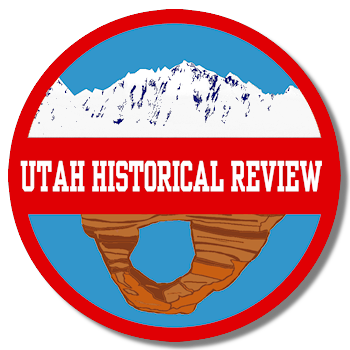Icons and the Beginning of the Isaurian Iconoclasm under Leo II
Chad Scott Brown
University of Utah
Member ΦΑΘ–ΑP
Published in Historia: the Alpha Rho Papers, Vol II.
To understand the confrontation and fierce feelings expressed, pro and con, concerning the iconoclastic actions of the Isaurian emperors, one must first understand what an icon is. What are the characteristics that define the holy icons, the ayies eikones, which “are regarded by members of the Orthodox Christian Church as sacramental?”[1] And what led Leo III, Emperor of the Byzantine Empire, to proclaim the icons illegal? Why did he view the icons as blasphemies against God, and ban them, despite the vigorous protest of many of his subjects? This caused incredible internal turmoil within his Empire, why did Leo pick this as the time to implement iconoclasm, when he was trying to fend off the encroachment of the Muslims upon the Byzantine state?
[1] Margaret E. Kenna, “Icons in Theory and Practice: An Orthodox Christian Example,” History of Religions, Vol. 24, No.4 (May, 1985) The University of Chicago Press p.347
Buy a print version of the journal by clicking here.Read the Whole Paper Online






Recent Comments